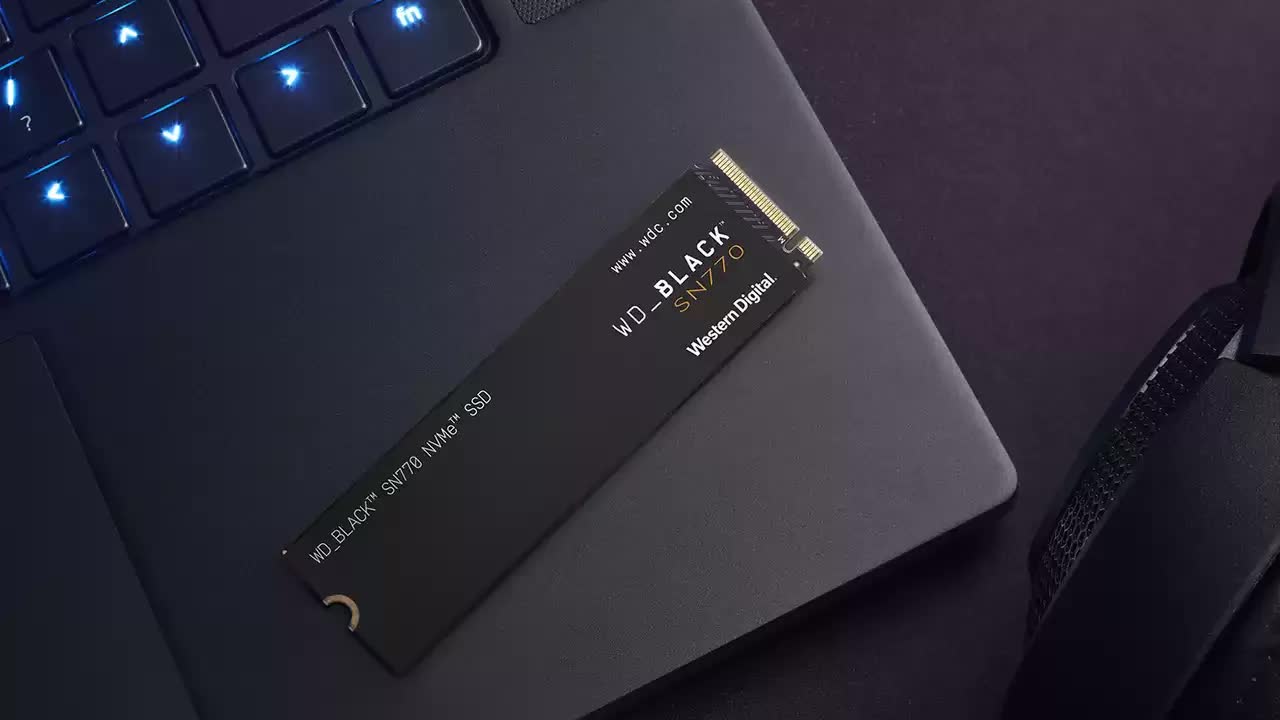Facepalm: NAND and DRAM chipmakers are seemingly on the verge of going from one extreme to the other. Last year, manufacturers and business partners were plagued by excess inventory. Now, they’re seemingly struggling to keep pace with demand thanks to the advent of AI.
We’ve been hearing since last year that memory and solid-state drive price hikes were incoming, and that intelligence ultimately proved accurate. Our recent SSD price guide update looked at five leading 500GB SSDs and found that from January through April of this year, each and every model is now more expensive than it was just a few months earlier.
Some consumer drives, such as the Crucial MX500, only increased by $5 but others including the Samsung 970 Evo Plus went up a full $15. Worse yet, the hits are expected to keep coming.
Jeff Clarke, Dell’s COO, said during the company’s Q1 2025 earnings call this past Thursday that they expect all forms of costs to go up including freight and component.
“Every indication – the lack of capital expenditure, low factory utilization and not a lot of wafer starts – are going to lead to less supply than the market demand that will be out there,” Clarke explained. Dell believes much of the market demand will revolve around powerful AI servers that will need high-bandwidth memory and speedy internal and external storage.

Dell said it believes the cost of SSDs and DRAM will increase as much as an additional 15 to 20 percent in the second half of this year. Unfortunately, Dell will be adjusting its prices accordingly to pass the hit on to buyers.
The DRAM and NAND chip industry has been in a state of turmoil for a while now. In 2023, chipmakers found themselves faced with excess inventory that led to record low SSD and memory prices – great for consumers but not so great for business.
Several manufacturers scaled back production in the latter half of the year to help correct inventory issues but based on Dell’s latest warning, it seems they may have went too far and now have the opposite problem to deal with: too much demand and not enough supply.
Image credit: Sergei Starostin

